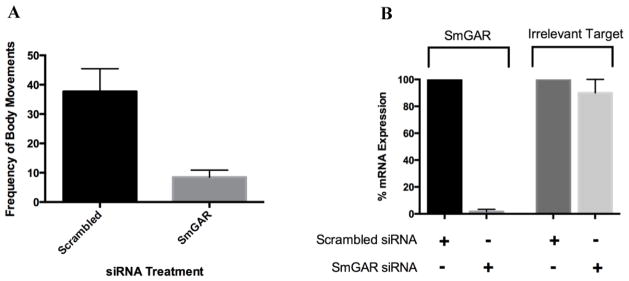Figure 5. Silencing of SmGAR affects the motor behavior of S. mansoni schistosomulae.

Freshly transformed schistosomulae were treated with 50 nM of either SmGAR-specific siRNA or nonsense (irrelevant) scrambled siRNA. 24 hours post-transfection schistosomulae were assayed for motor phenotype or collected for confirmation of silencing at the transcript level (A) Suppression of SmGAR in early larval schistosomulae produces a hypomotile phenotype. Animals treated with SmGAR-specific siRNA show a 70% reduction in the frequency of body movements when compared to the scrambled siRNA negative control. (B) RNA from treated parasites was oligo-dT reverse-transcribed and the resulting cDNA was used as a template for quantitative real-time PCR (qPCR). Primers targeting SmGAR or an off-target (irrelevant) schistosome gene (SmACC-1 Accession# KF694748) were used for qPCR amplification and the data were normalized to a housekeeping gene (GAPDH, Accession # M92359). Expression of SmGAR and the irrelevant off-target control were calculated as % remaining expression in the siRNA-treated samples relative to the scrambled control, using the Pfaffl’s method.
